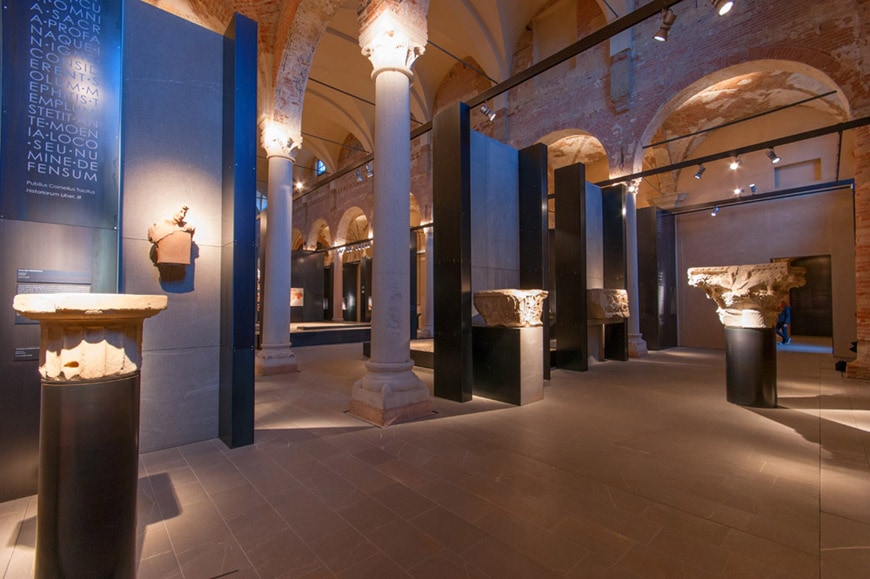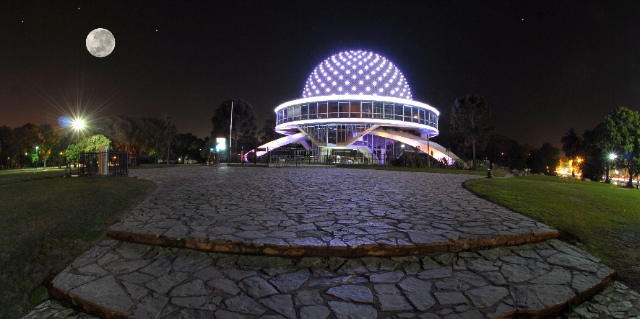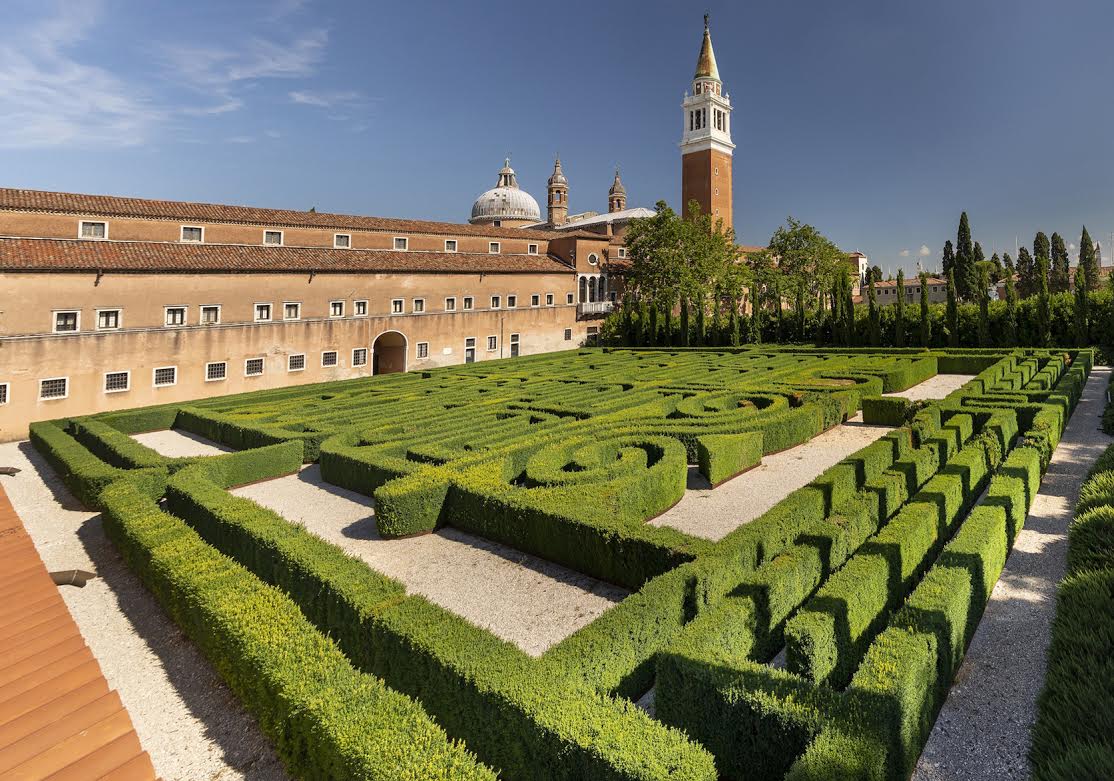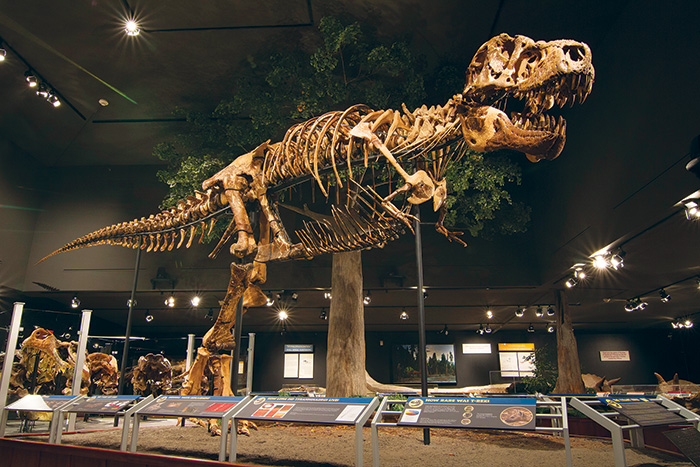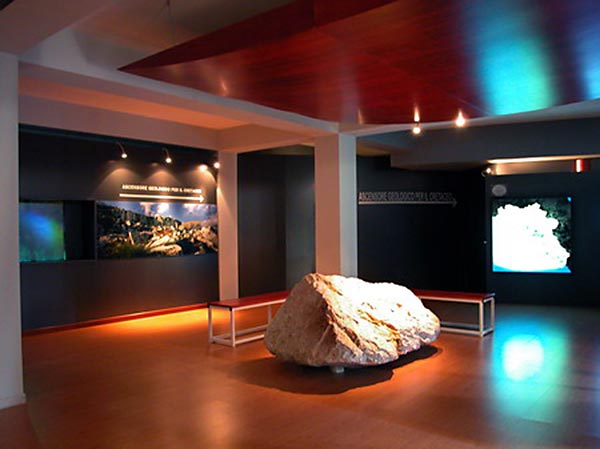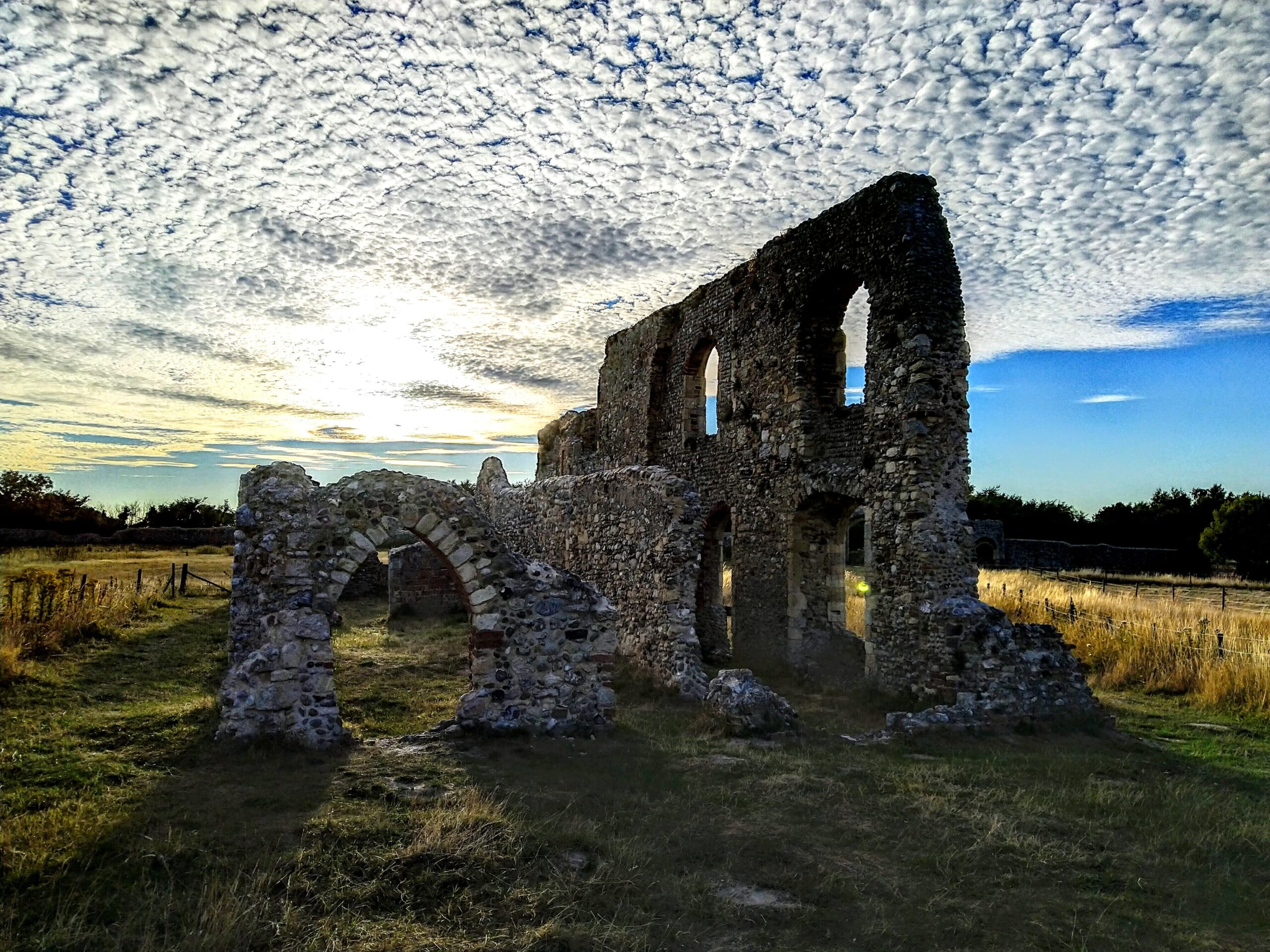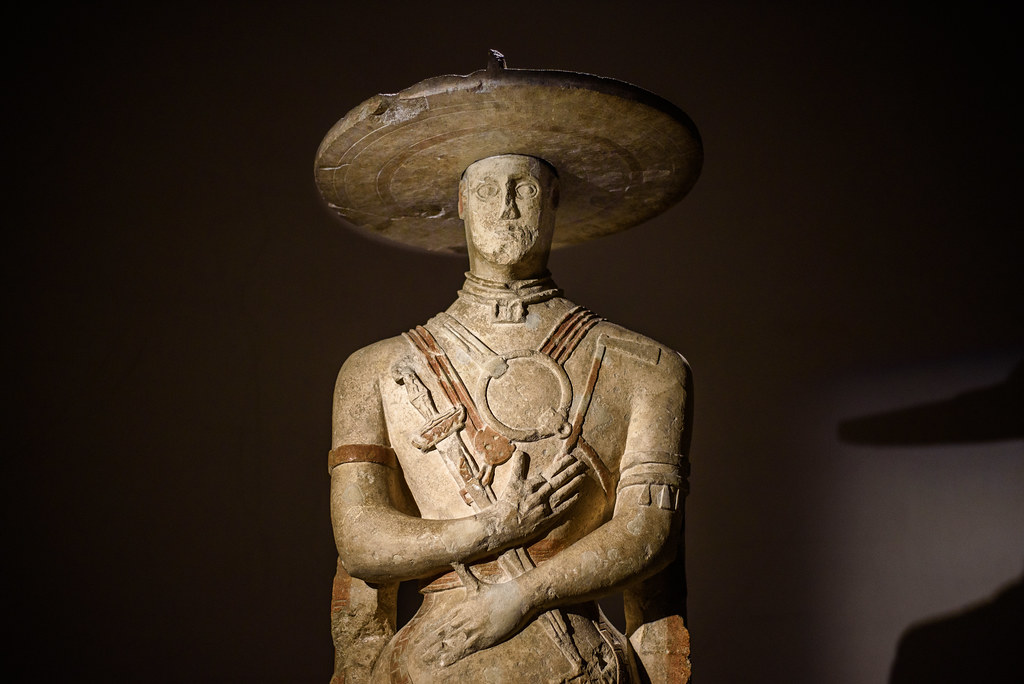On May 31, 2009 the new Archaeological Museum was opened to the public in the basilica church of San Lorenzo and in the adjoining 15th century Meli chapel. It constitutes the development of the old Archaeological Section of the Civic Museum, closed since the end of the 90s to allow the restoration of some types of materials – in particular mosaics – and completes the exhibition, still in Palazzo Affaitati, of the collections of formation "historical" not territorial, starting from the legacy of Marquis Ala Ponzone.
The church of San Lorenzo, deconsecrated at the end of the 18th century, with a basilica plan with three naves, dates back to the end of the 12th – beginning of the 13th century and has the peculiar characteristics of Romanesque architecture.
The excavations carried out since 1962 have brought to light the remains of a previous church, identifiable with the one mentioned by a parchment of 990, of an early Christian cemetery building and of a Roman necropolis of the first century BC, located at the first suburban stretch, towards east, of the ancient Via Postumia.
The use of the monumental complex as a museum, itself an archaeological site, has favoured its complete recovery, both from a structural and decorative point of view, even though it is still preserved.
At present, it houses what can be considered the heart of the archaeological collections of Cremona: through the finds found from the nineteenth century until the recent excavation of Piazza Marconi, the image of the city founded by the Romans in 218 BC, the first north of the Po, is restored.
